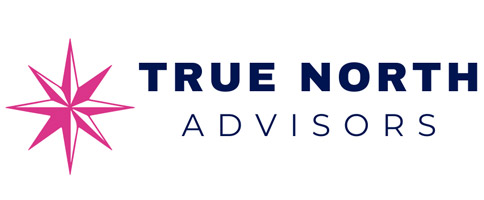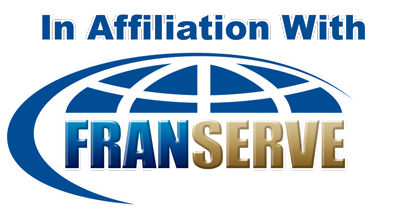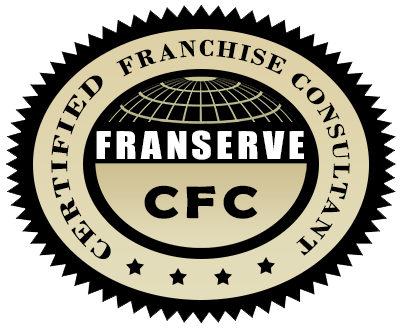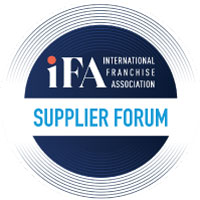How Much Does it Really Cost to Buy a Franchise?

Thinking about franchising but worried your wallet might faint? Hand it a paper bag, this guide breaks down the real costs (start-up and ongoing), shows simple sample budgets, and gives you a practical plan if you’ve got financial gaps to close. The goal: walk away confident about what you can afford now or exactly what to do to afford it later.
The 30-Second Cost Snapshot
- Home/mobile/service franchises: often $70k–$200k
- Light retail/fitness/pet services: often $250k–$1M
- Food/drive-thru/large buildouts: often $500k–$2M+
These are ballpark ranges. Your best source is the franchisor’s FDD (Franchise Disclosure Document) Item 7—it lists low/high estimates for every cost category.
What Actually Makes Up the Price Tag?
Up-front (one-time) costs typically include:
- Franchise fee: $10k–$75k+ depending on brand and unit type.
- Real estate/buildout or vehicle/equipment: leasehold improvements, furniture, fixtures, signage; or vehicles and gear for service businesses.
- Initial inventory/supplies: what you need to open the doors.
- Technology & software set-up: POS, CRM, scheduling tools, hardware.
- Professional fees: legal review of the FDD/Agreement, entity set-up, accounting.
- Training & travel: getting you (and possibly a manager) trained.
- Grand opening marketing: your launch splash.
- Working capital: cash to cover the first few months of operations until break-even.
Ongoing monthly costs typically include:
- Royalties & brand fund
- Rent (or vehicle payments) & utilities
- Payroll & payroll taxes
- Local marketing
- Insurance & licenses
- Supplies/inventory & payment processing
- Software subscriptions
- Loan payments (if financed)
Pro tip: Set aside personal living expenses separately (6–18 months is a common comfort zone). Your household still needs groceries while your business grows.
Sample Mini Budgets: Two Common Scenarios
A) Home/Service Franchise (example)
- Franchise fee: $40,000
- Vehicle wrap/tools/equipment: $25,000
- Technology + initial supplies: $7,500
- Training & travel: $3,500
- Launch marketing: $10,000
- Professional fees: $3,000
- Working capital (3–6 months): $25,000
- Estimated total project cost: $114,000
How people fund this:
- Cash/equity injection: $20k–$35k
- Loan/financing for the rest: $79k–$94k
B) Storefront (non-food) Franchise (example)
- Franchise fee: $45,000
- Buildout & signage: $170,000
- Furniture/fixtures/equipment: $85,000
- Technology + inventory: $35,000
- Training & travel: $6,000
- Launch marketing: $20,000
- Professional fees/permits: $9,000
- Working capital (3–6 months): $60,000
- Estimated total project cost: $430,000
Common funding stack:
- Cash/equity injection: $60k–$130k (often 10–30% of total)
- SBA 7(a)/equipment financing/HELOC/ROBS for the balance
Rule of thumb: Lenders often want 10–30% down, 680–700+ credit, reasonable debt-to-income, and liquid capital that matches the brand’s minimums.
Can You Afford It? A 4-Question Quick Check
- Liquid capital: Do you have the cash for the down payment and 6–12 months of personal living expenses?
- Credit readiness: Is your credit score ~680–700+ (or a co-applicant with that)?
- Debt-to-income: After your business loan, is your DTI still reasonable?
- Net worth & assets: Do you meet the brand’s minimum net worth and have collateral options if required?
If the answers are mostly “yes,” you’re probably finance-ready. If not, you’re not out, just on a pre-launch money plan (details below).
Popular Funding Options (Mix and Match)
- SBA 7(a) loan: Popular for goodwill, buildout, working capital.
- SBA 504 loan: Often used when real estate is involved.
- ROBS (401(k) rollover): Use retirement funds to invest without early withdrawal penalties (work with specialists).
- HELOC/portfolio lines: Tap home equity or investment portfolios.
- Equipment financing: Spread cost of gear/vehicles.
- Friends & family or a partner: Equity or revenue-sharing; document it well.
- Cash + a smaller loan: Sometimes the simplest path.
Smart Ways to Keep Startup Costs Down (Without Cutting Corners)
- Consider a resale: Buy an existing unit—often a faster path to cash flow.
- Shop used equipment where allowed: Many franchisors permit approved pre-owned equipment.
- Negotiate your lease: Push for tenant improvement allowances and step-up rent.
- Phase your hiring: Start lean; add roles once revenue stabilizes.
- Stagger marketing spend: Load upfront for launch, then shift to ROI-positive channels.
- Right-size your territory or unit type: Some brands offer smaller footprints or mobile variants.
Sanity check: Match the loan size to the reality of your business model and your comfort with monthly payments. Sleep is part of ROI.
If You've Got a Financial Gap: A 90-Day Plan
Goal: Improve your loan readiness and grow liquid capital.
Weeks 1–2: Baseline & Credit Tune-Up
- Pull your credit reports and dispute errors.
- Pay down revolving balances to <30% utilization.
- Set up automatic on-time payments.
Weeks 3–6: Cash Flow & Cushion
- Cut 2–3 recurring personal expenses (subscriptions, insurance shop-around).
- Redirect savings to a “Franchise Fund” high-yield savings account.
- Launch/scale a side gig that aligns with your future franchise (e.g., local marketing services, handyman work, pet sitting, tutoring, etc.).
Weeks 7–12: Income Boost & Documentation
- Ask for overtime, contract work, or add another client if you're able to do consulting work.
- Document income, assets, and a simple personal P&L—lenders love clean files.
- Book calls with 2 lenders and 1 ROBS specialist to learn exact requirements.
Checkpoint: Re-run the 4-Question Quick Check. Celebrate progress (confetti optional).
The 6-18 Month Runway: Build to "Yes"
- Savings target: Your expected equity injection + 6–18 months of living expenses.
- Credit target: 700+ (or strong co-applicant).
- Experience target: Take a relevant course, part-time job, or shadow a franchisee—lenders (and franchisors) like operational readiness.
- Network target: Validate with 5–8 franchisees; ask about true working capital needs, break-even, and what they wish they’d budgeted more for.
- Scope target: Shortlist two “A” concepts (one lower-cost) and one “B” backup so you can pivot without restarting the entire finance process.
Break-Even & Working Capital: The Quiet Hero
Even solid franchises don’t print money on Day 1. Budget at least 3–6 months of working capital (check Item 7 on the FDD and validate with owners). If your concept has seasonality or long sales cycles, pad more. Your stress level will thank you.
Questions to Ask the Franchisors (and Franchisees)
- “What are the top 3 costs that overshoot Item 7 most often—and by how much?”
- “How long did it take most owners to get to positive cash flow?”
- “What early marketing channels had the best ROI?”
- “What smart corners can I cut with your approval to start lean?”
- “If you were opening again, what would you fund more generously up front?”
Red Flags That Can Inflate Costs Fast
- Vague buildout estimates or shifting prototypes.
- Royalty escalators or lots of surprise tech fees.
- Weak vendor controls (prices all over the place).
- No transparency on average timelines to open.
TL;DR: Your Confidence Checklist
- I know my total project cost (from Item 7) and my equity injection target.
- I have a funding stack I’m comfortable with.
- I’ve budgeted working capital and personal living expenses separately.
- I have a 90-day plan and a 6–12 month runway if I need to close gaps.
- I’ve validated with current franchisees and spoken with at least two lenders.
Final Word (and Friendly Nudge)
You don’t need a money tree to buy a franchise—you need a clear budget, the right funding mix, and a plan. If you’re not there yet, that’s not a “no.” It’s a timeline. Do the 90-day tune-up, build your 6–12 month runway, and keep validating concepts. Your future unit (and future self) will be very proud.
Standard reminder: This is educational, not financial/legal advice. Always review the FDD with a qualified advisor and speak with lenders to confirm current requirements.
8/23/2025



